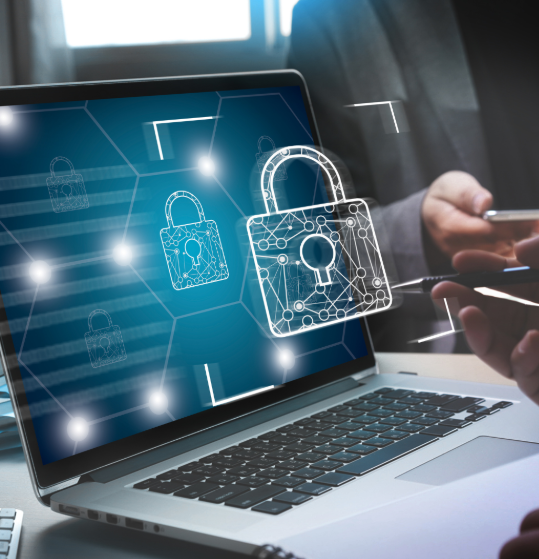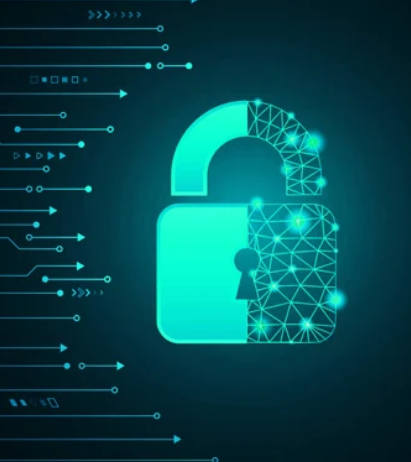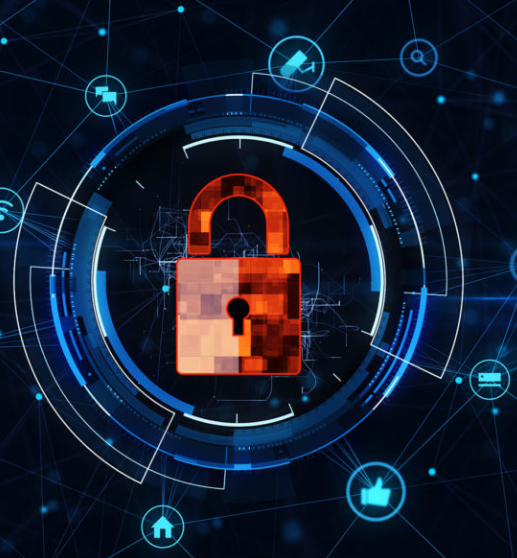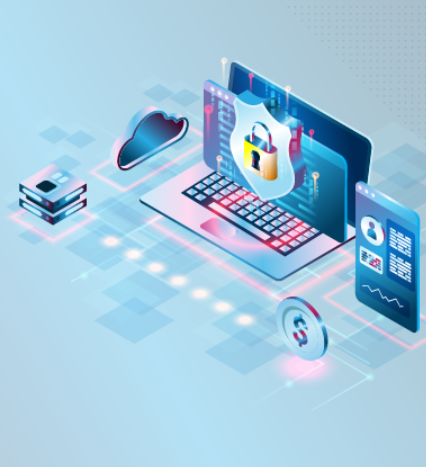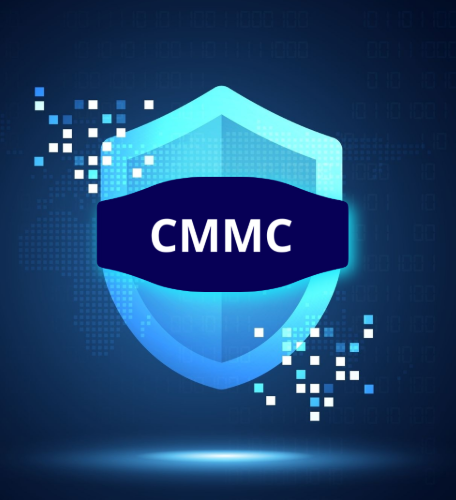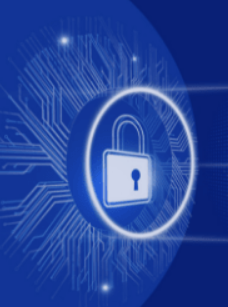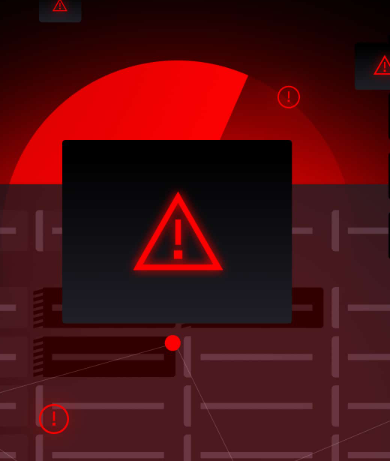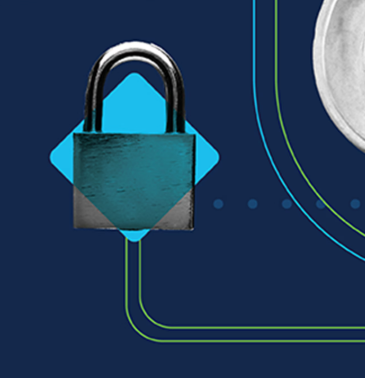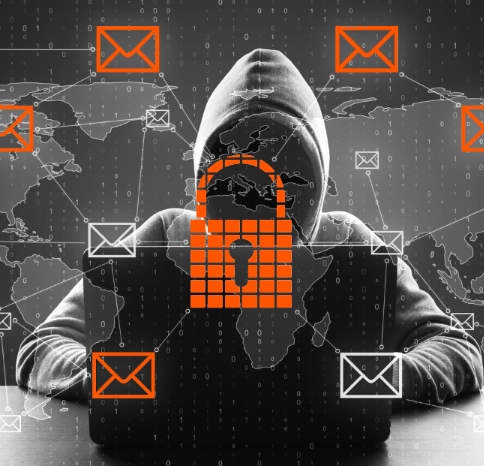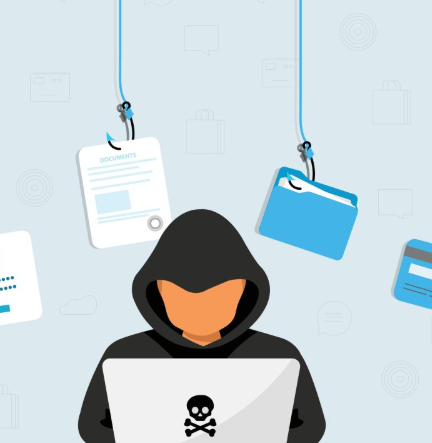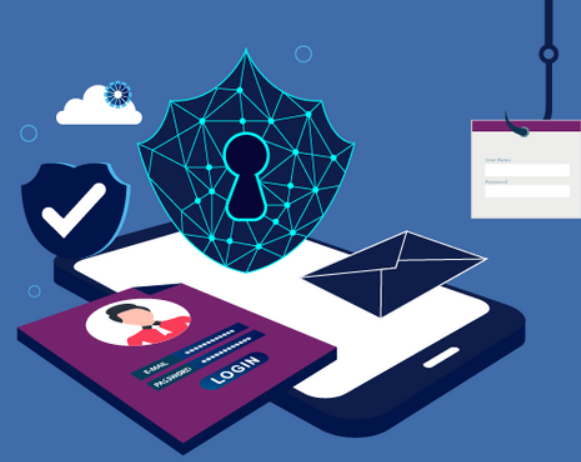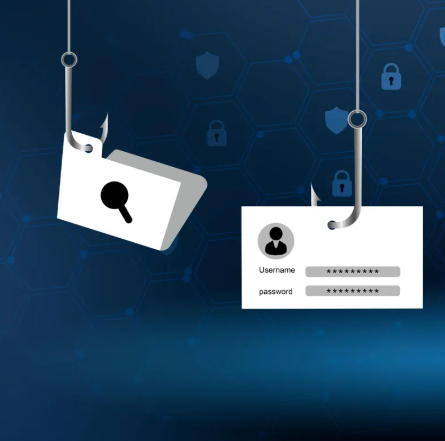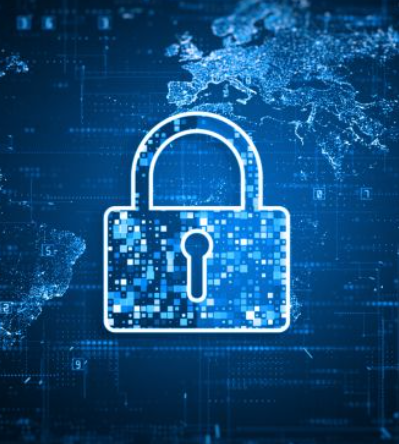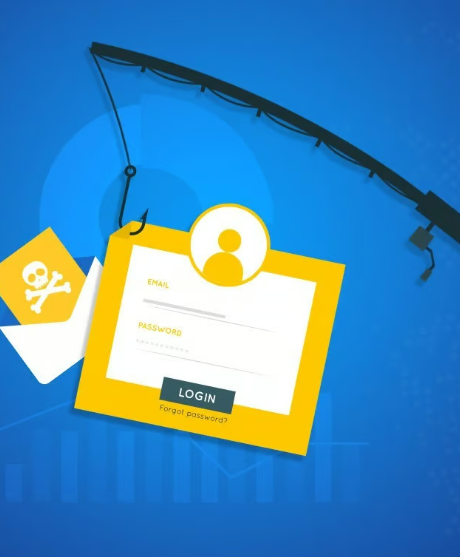
While technology like firewalls, encryption, and AI-powered filters play an important role in safeguarding your organization against email-based threats, they can only do so much if your employees aren’t properly trained. Human error remains one of the biggest factors in data breaches, and that’s why employee email security has to be a priority for businesses. If your team isn’t equipped to recognize and respond to email threats, your cybersecurity efforts are vulnerable.
The Role of Employees in Email-Based Attacks
Cybercriminals often bypass traditional defenses and target employees directly. They use methods like phishing emails, malicious attachments, and social engineering tactics to deceive individuals. These attacks don’t succeed because of flaws in software; they thrive on exploiting human psychology. Whether it’s curiosity, urgency, or simply a lack of awareness, employees often unwittingly allow serious security breaches to occur.
Did You Know?
Over 90% of successful cyberattacks start with a phishing email, and the majority of these are opened by employees within minutes of arriving in their inbox.
How Employees Can Undermine Email Security
- Falling for Phishing Scams
Phishing emails are becoming more convincing and harder to detect. Employees may unknowingly click on malicious links or enter login details into fraudulent websites that look like legitimate platforms. - Opening Malicious Attachments
Attachments that appear to be invoices, resumes, or internal documents can carry malware. When opened, they can quickly compromise systems. - Using Weak or Reused Passwords
Employees who use weak passwords or reuse credentials make it easier for attackers to gain access to their email accounts without triggering security alerts. - Ignoring Email Authentication Alerts
Some employees dismiss warnings about unverified senders or spoofed email addresses, treating them as harmless messages rather than signs of potential threats. - Sending Sensitive Information Unsecurely
Without clear guidance on secure communication practices, employees may inadvertently send confidential data, such as financial records or customer information, through unsecured email channels.
Steps to Improve Employee Email Security
- Provide Ongoing Security Awareness Training
Train employees to recognize phishing attempts, verify senders, and report suspicious messages. Use simulations and real-world examples to make the training more impactful. - Require Multi-Factor Authentication (MFA)
MFA adds an extra layer of protection by requiring users to verify their identity beyond just their password. This makes unauthorized access much harder for attackers. - Enforce Email Encryption Policies
Ensure that sensitive data sent via email is encrypted to prevent interception and protect confidentiality. - Implement AI-Based Email Filters
Use advanced email security tools that can detect phishing, malware, and spoofed email addresses before they even reach your employees’ inboxes. - Create a Security-Focused Culture
Encourage employees to report suspicious messages without fear of reprimand. Make the reporting process simple and reward proactive behaviors that contribute to the organization’s security.
Monitoring and Evaluating Progress
- Track Results of Phishing Simulations
Run internal phishing tests to see how employees respond to phishing attempts. Use this data to adjust your training efforts and provide additional support where needed. - Monitor Unusual Email Activity
Utilize security tools to identify abnormal login patterns, large file transfers, or excessive email activity—signs that an account may be compromised. - Conduct Regular Access Reviews
Periodically review which employees have access to sensitive email groups, external communication permissions, or high-value contact lists to ensure only authorized individuals have access.



